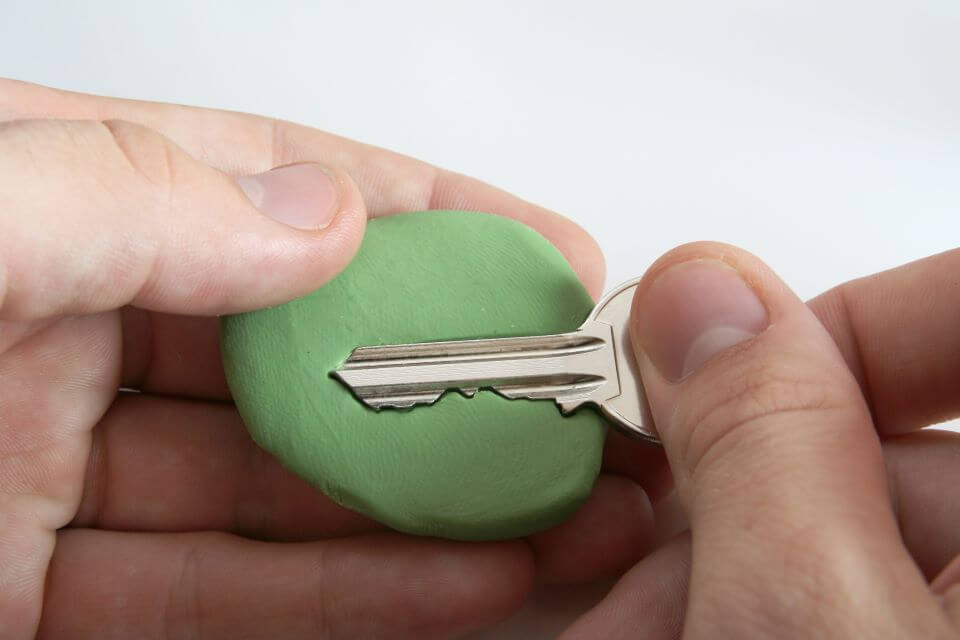Content. It’s something every online business uses to find prospects and keep customers. Yet coming up with an unlimited supply of content can be difficult at best. Why not just copy/paste? It saves time. It’s easy to do.
Enter the concept of duplicate content.
Duplicate content is copy that appears on more than one URL. It’s a block of content that is entirely identical or very close to content that appears at another online location.
Duplicate content can be either internally or externally driven.
Internal duplicate content exists when the same block of text occurs in more than one place on a website. Let’s say you sell widgets and use a block of text to describe that widget. Later, you decide to put the widget on sale, creating a separate landing page to promote the widget. You copy/paste the information when creating the new page. Internally, the duplicate content exists in more than one place within your URL.
External duplicate content means the same block of text occurs on more than one website. Same copy, different domains. This could be from using your copy to promote your products on another site, or from deliberate copying by a competitor.
Why Is Duplicate Content a Problem?
On the surface, duplicate content doesn’t seem like a big problem. There are many reasons a company would use the same content multiple times as it promotes its products and services. Online, however, content that repeats verbatim can confuse search engines as it’s trying to rank the content. It becomes unclear as to what resource to promote first.
Is this a big problem? Heading to the source, Google states:
Duplicate content generally refers to substantive blocks of content within or across domains that either completely match other content in the same language or are appreciably similar. Mostly, this is not deceptive in origin.
Examples of non-malicious duplicate content could include:
- Discussion forums that can generate both regular and stripped-down pages targeted at mobile devices
- Items in an online store that are shown or linked to by multiple distinct URLs
- Printer-only versions of web pages
Google recognizes that there are many legitimate reasons for matching content to exist. They even state:
Duplicate content on a site is not grounds for action on that site unless it appears that the intent of the duplicate content is to be deceptive and manipulate search engine results.
It comes down to intent. If Google finds malicious behavior, deliberate plagiarism, and theft, it will look for a solution. You won’t be penalized if there’s a reason for duplicate content.
Dig Deeper
How Long Does SEO Take To See Results
How Is Your B2B SEO Plan?
Ranking
However, ranking could still be affected. If Google isn’t sure what to rank first, it makes a best guess. If Google gets it wrong, it might put older content first, affecting traffic and sales.
Google has basic rules at play:
Make pages primarily for users, not for search engines.
- Make pages primarily for users, not for search engines.
- Don’t deceive your users.
- Avoid tricks intended to improve search engine rankings. A good rule of thumb is whether you’d feel comfortable explaining what you’ve done to a website that competes with you or to a Google employee. Another useful test is to ask, “Does this help my users? Would I do this if search engines didn’t exist?”
- Think about what makes your website unique, valuable, or engaging. Make your website stand out from others in your field.
How Duplicate Content Happens
Duplicate content is rarely created with malicious intent. It can happen, and often does, without you even knowing about it.
When was the last time you had a website redesign? If you changed URLs and brought information with you, it could be a problem. You may suffer from rank positioning problems if the new site version isn’t properly set into the Google Search Console. This is because your site exists more than once, and it affects the search index. Problems can also include:
More Than One Site Version
Older sites often have this problem. A site can sit with a “www” as a part of the address while the other doesn’t. A site can sit at “http” while another sits at “https.”
URL Variations
Duplicate content issues can occur based on URL parameters, such as when you use analytic codes or pages for click tracking. Creating printer-friendly documents can also be a problem.
Demographics
Do you use the same content in multiple languages? These near duplications can cause a problem.
Comment Pagination
Sites like WordPress offer a pagination process that divides content into multiple pages based on the comment section, raising possible duplication issues.
So … Is Duplicate Content a Problem for SEO?
Hopefully, you’re a bit clearer on what duplicate content is and how it affects SEO.
In short, Google doesn’t penalize duplicate content, but it could confuse the search engines and prevent your content from ranking in the top position on certain search phrases. Original content will still rank highest, and when that is in question, Google does its best to rank accordingly.
You can use Google to check for duplicate content using a free online checker tool. As you find content issues, you can do your best to rectify the situation and turn your pages into unique content.
There is no set rule on how much duplication affects your Google rank. However, if you find yourself copying and pasting content in order to create new pages, you might think twice about the process and work to minimize the amount of duplication.
It also pays to understand your goals. If you heavily rely on SEO, pay attention to duplicate content and work to minimize it. If you’re more focused on driving traffic in other ways, duplicate content issues may fall further down on your list of to-dos.
Duplicate content isn’t a huge problem. There can and always will be content closely resembling other copy online. Malicious plagiarism is never acceptable. But overall, being conscious about the content you create and ensuring it’s as original as possible should work in your favor every time.




